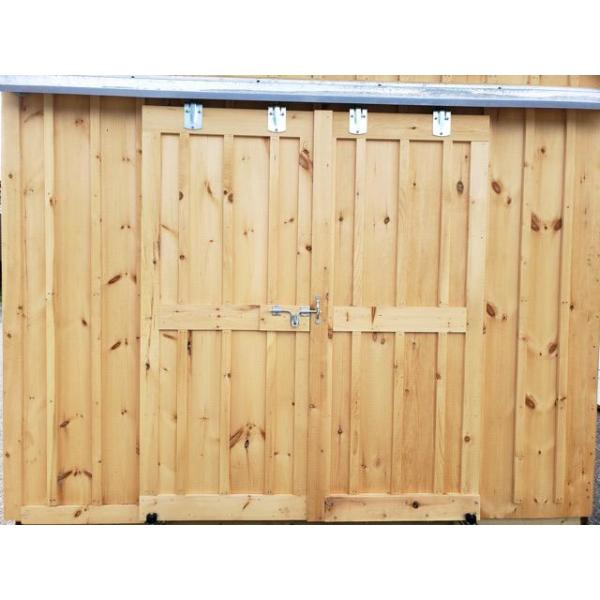Back Priming Pine Siding
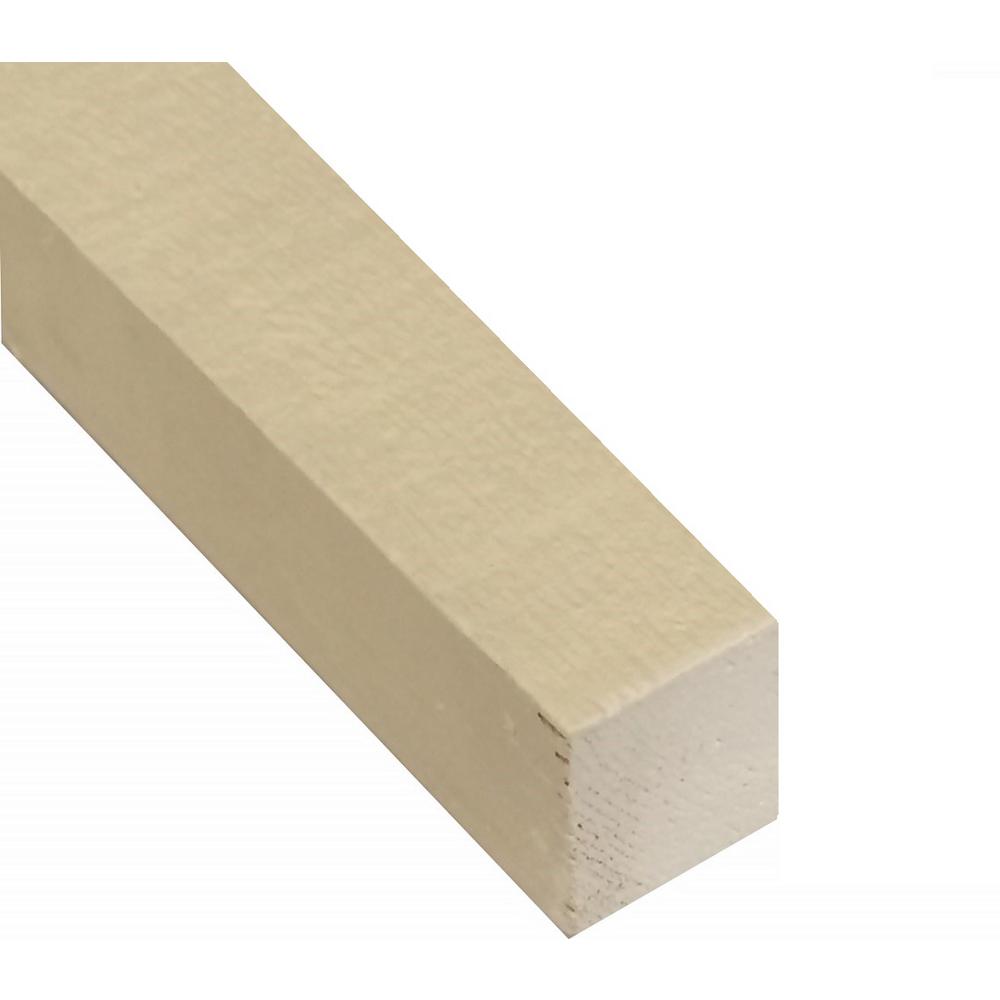
Back priming consists of applying a coat of primer to the reverse side and edges of boards before installing.
Back priming pine siding. Apply one coat of primer paint to the back sometimes called back priming edges and ends of siding boards before the cedar is installed. Now if you are like me you are wondering where is the trapped moisture coming from. Also don t foget to prime the end cuts as that is a vulnurable area as well. Oil based primer blocks stains and fills pores well but it s noxious to use it dries slowly and it creates hazardous.
Back priming helps reduce wetting up the back side. Back priming natural wood siding helps control rotting mold build up cupping and movement in the wood ultimately giving your siding and your stain finish more longevity. Back priming helps prevent paint from peeling by reducing the amount of water vapor that passes through the wood. The larger continuous bin coating of full coverage did not expand and contract with the wood hence resulting in cracking and peeling.
The best primer for pine like paint primer comes in a variety of bases. Once the siding has been installed apply two coats of a top of the line latex exterior house paint to it. Where is the trapped moisture coming from. Back priming siding yes you should always back prime as it will balance the wood.
I will also slow down the transfer of moisture which if not done can cause warping. It occurs either when heated or air conditioned air from the house radiates out and meets the cold or hot outside air. Back priming natural wood siding helps control rotting mold build up cupping and movement in the wood ultimately giving your siding and your stain finish more longevity. Not only does back priming prevent rot it prevents bowing cupping.



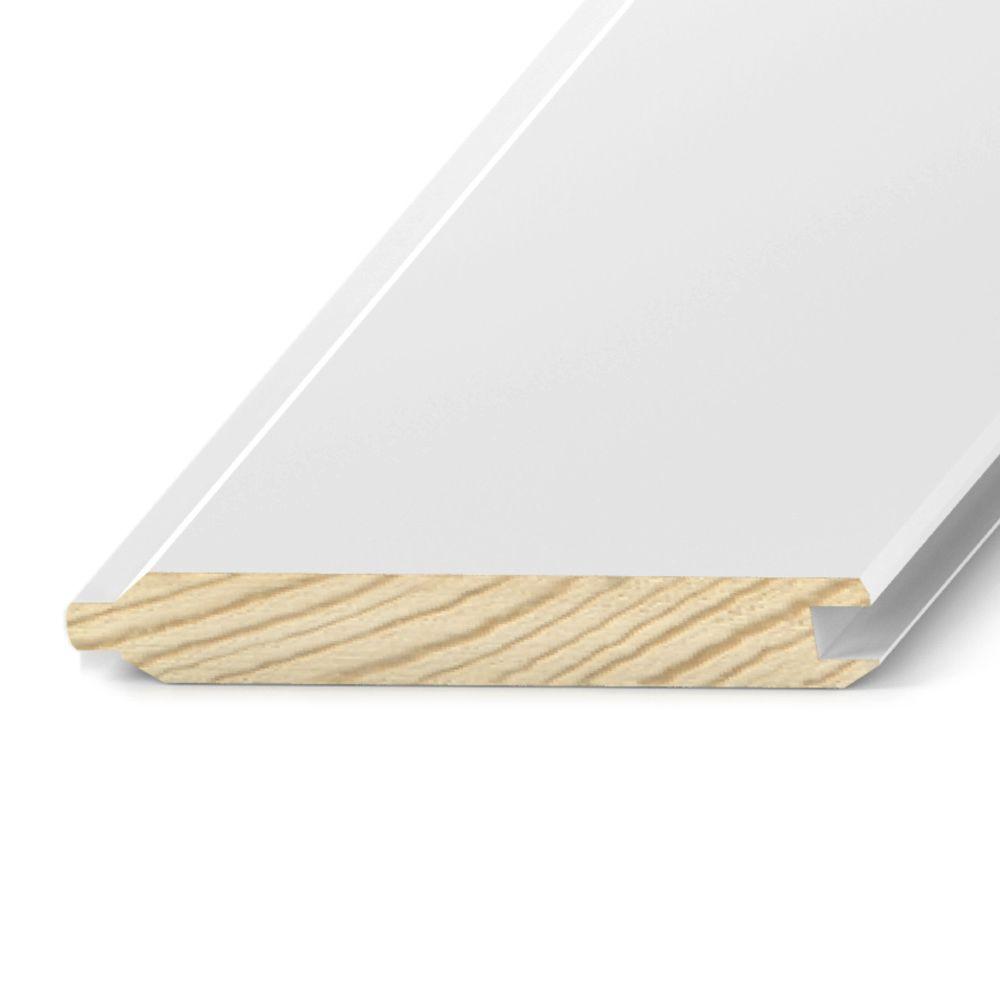
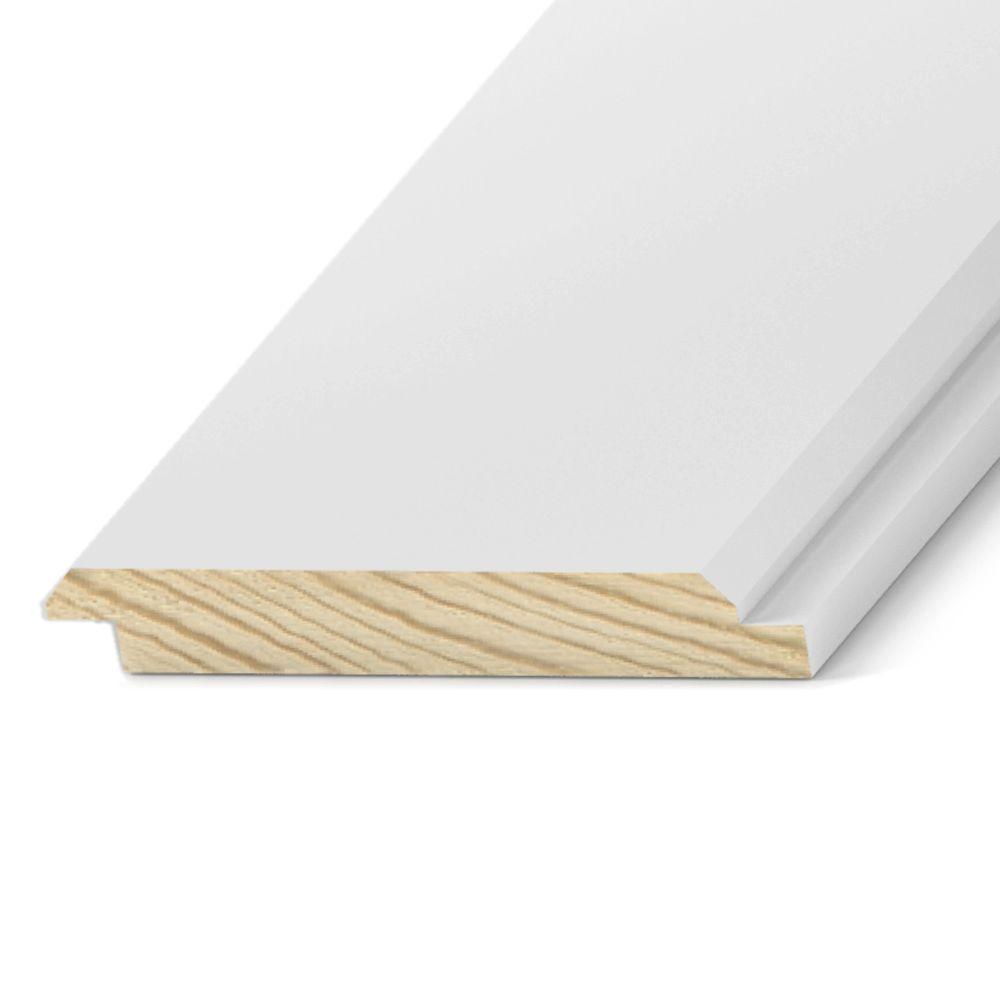
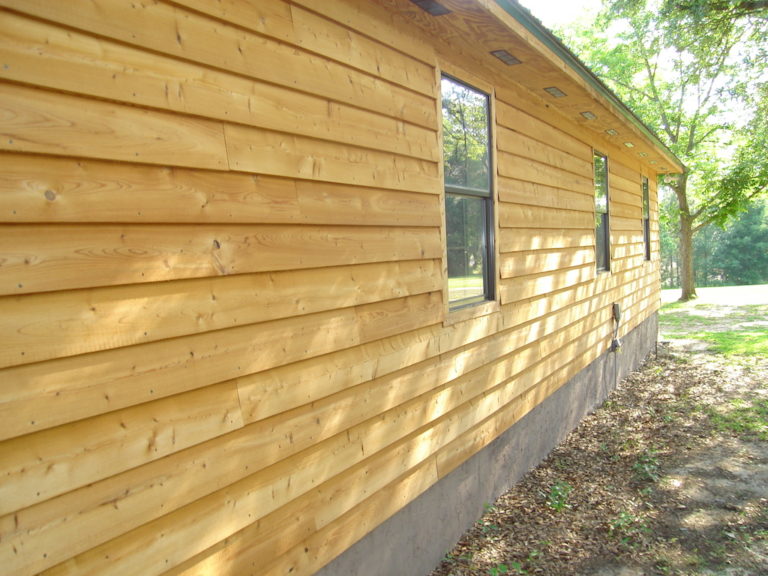

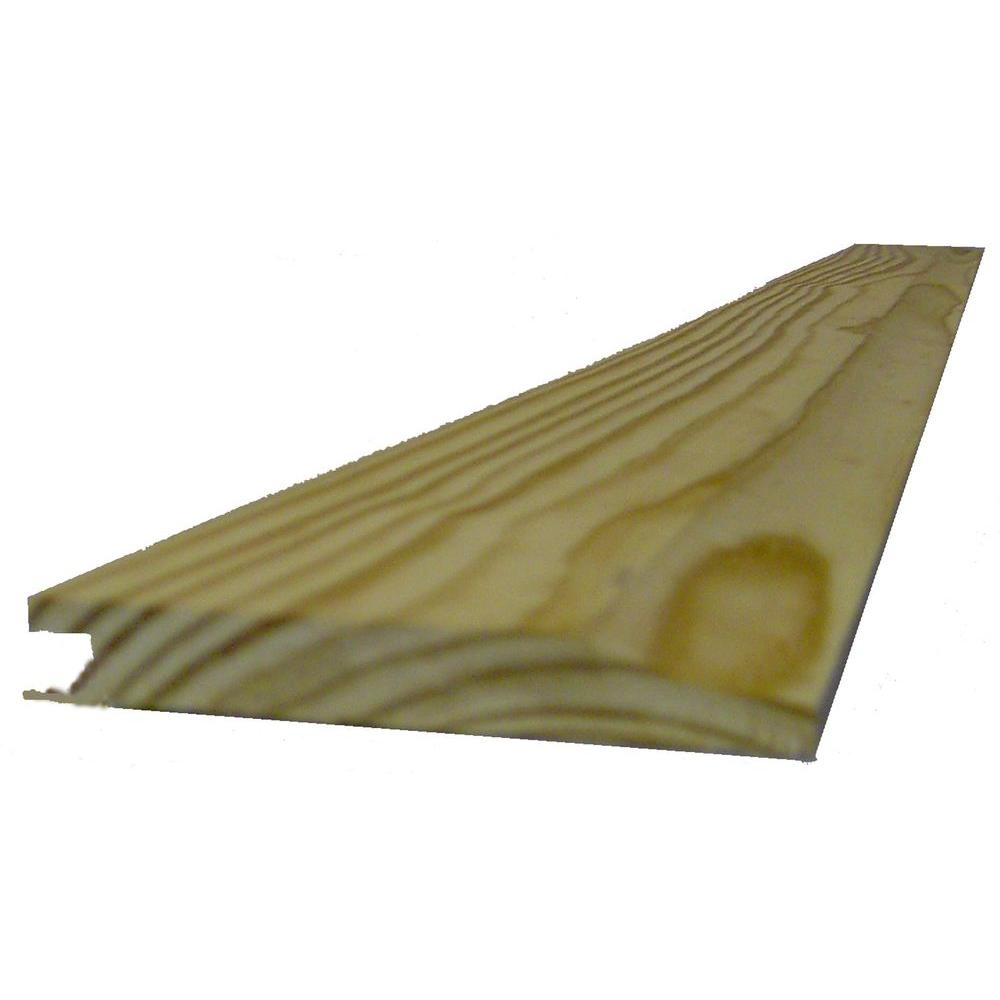

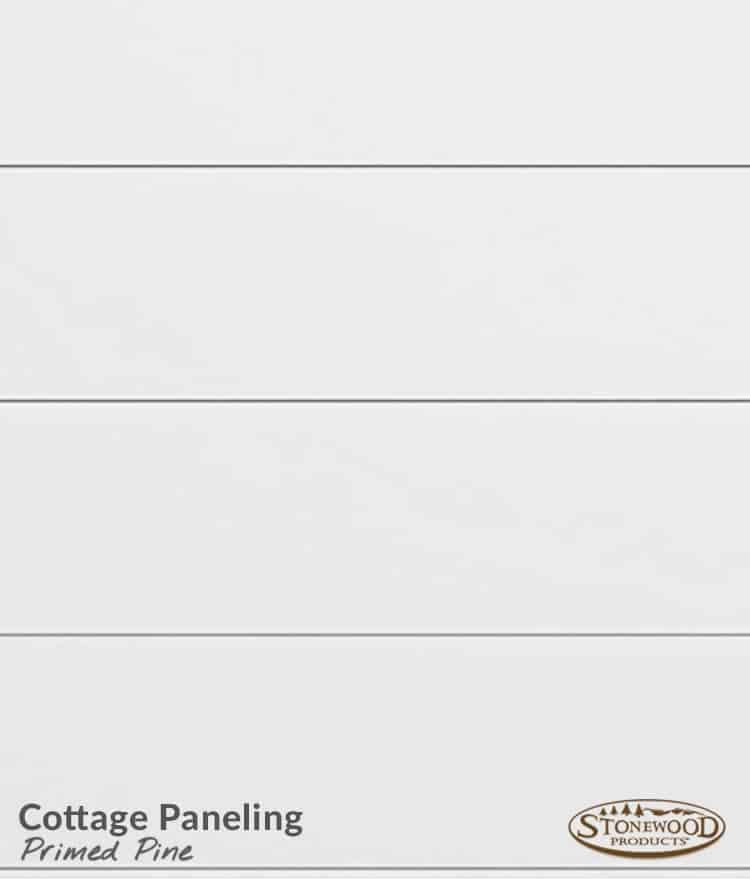



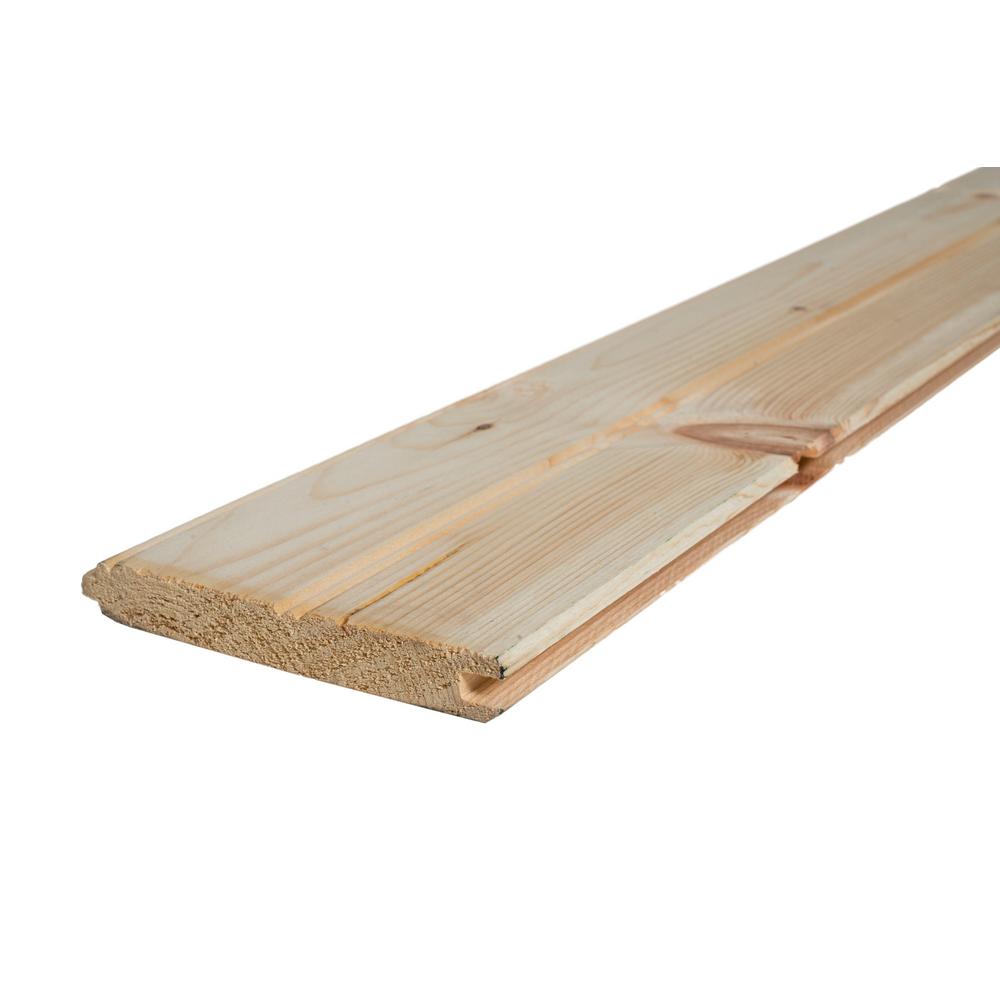


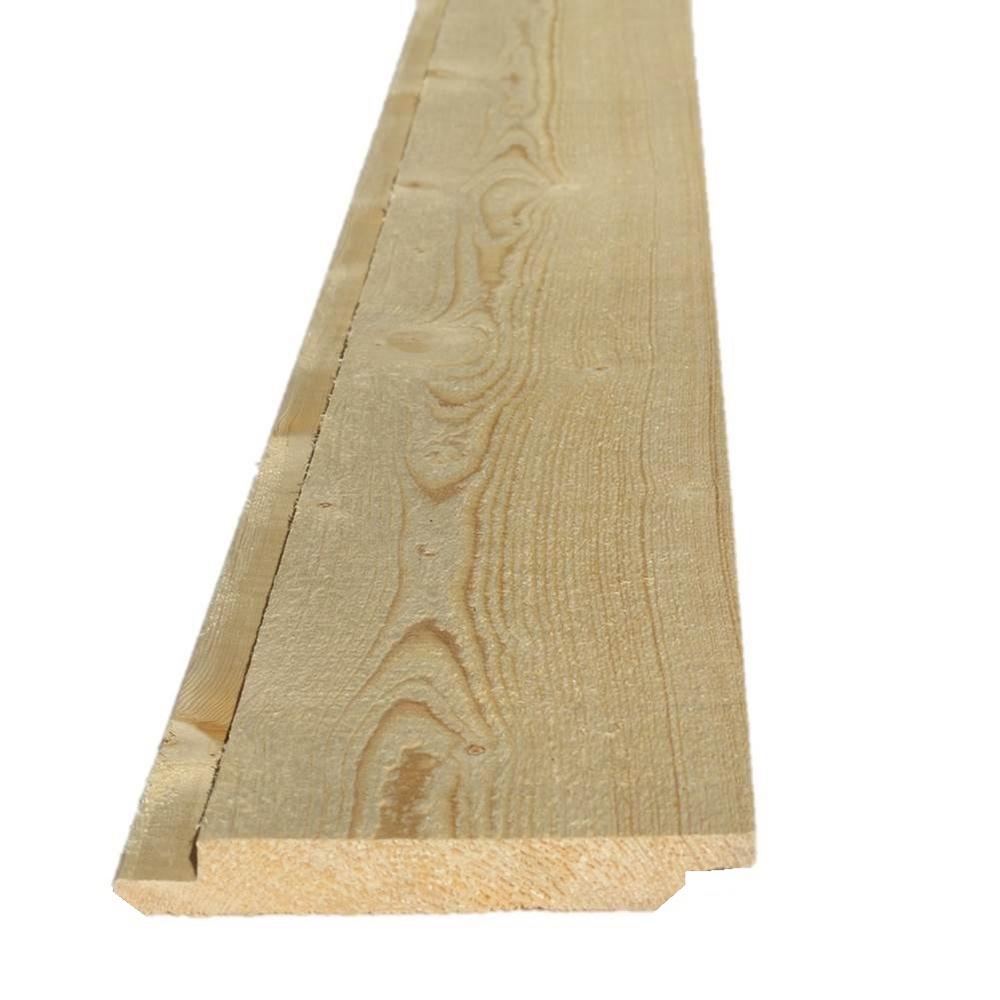
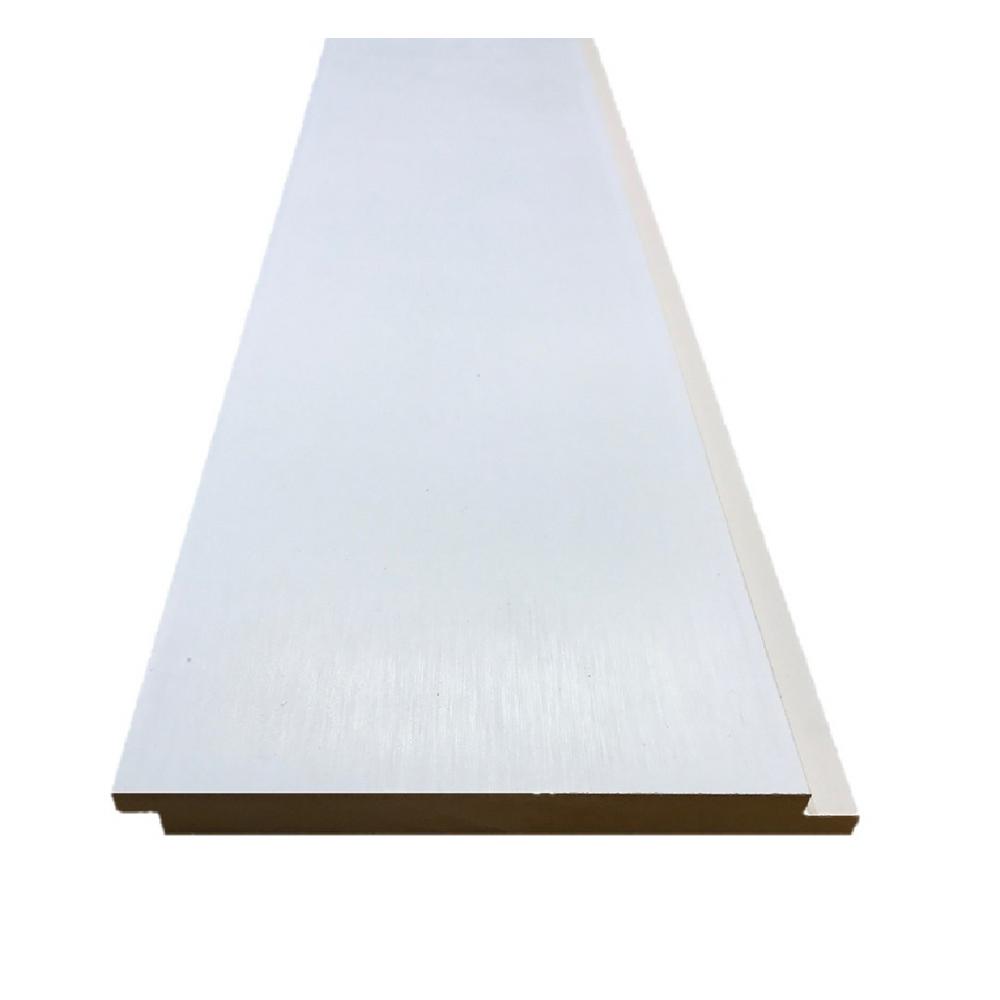


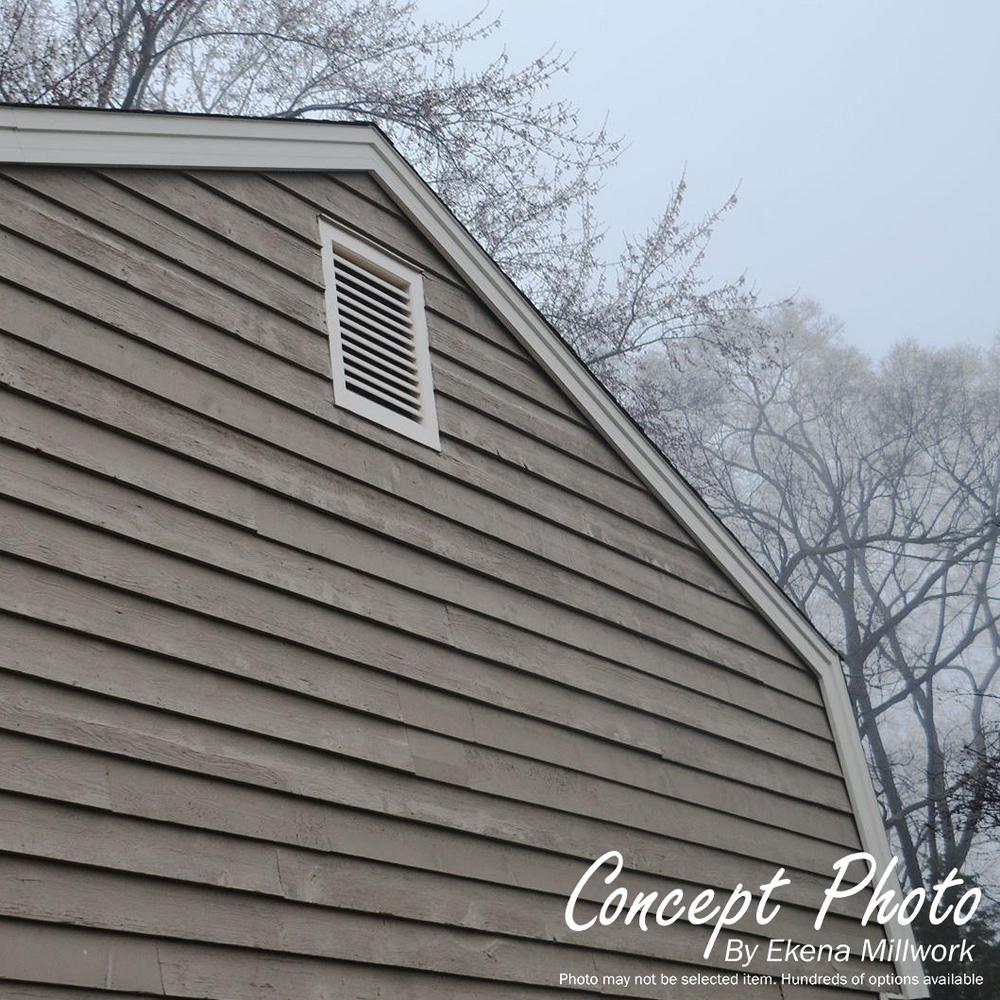




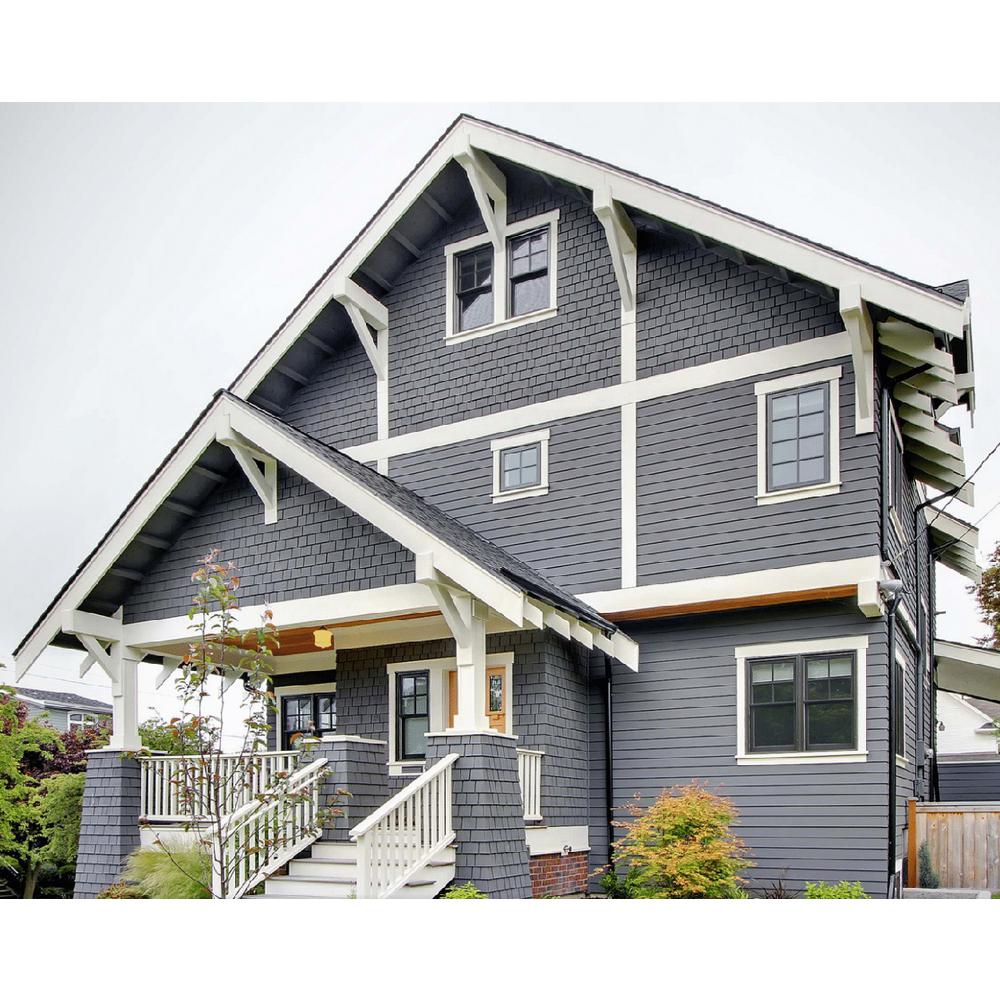

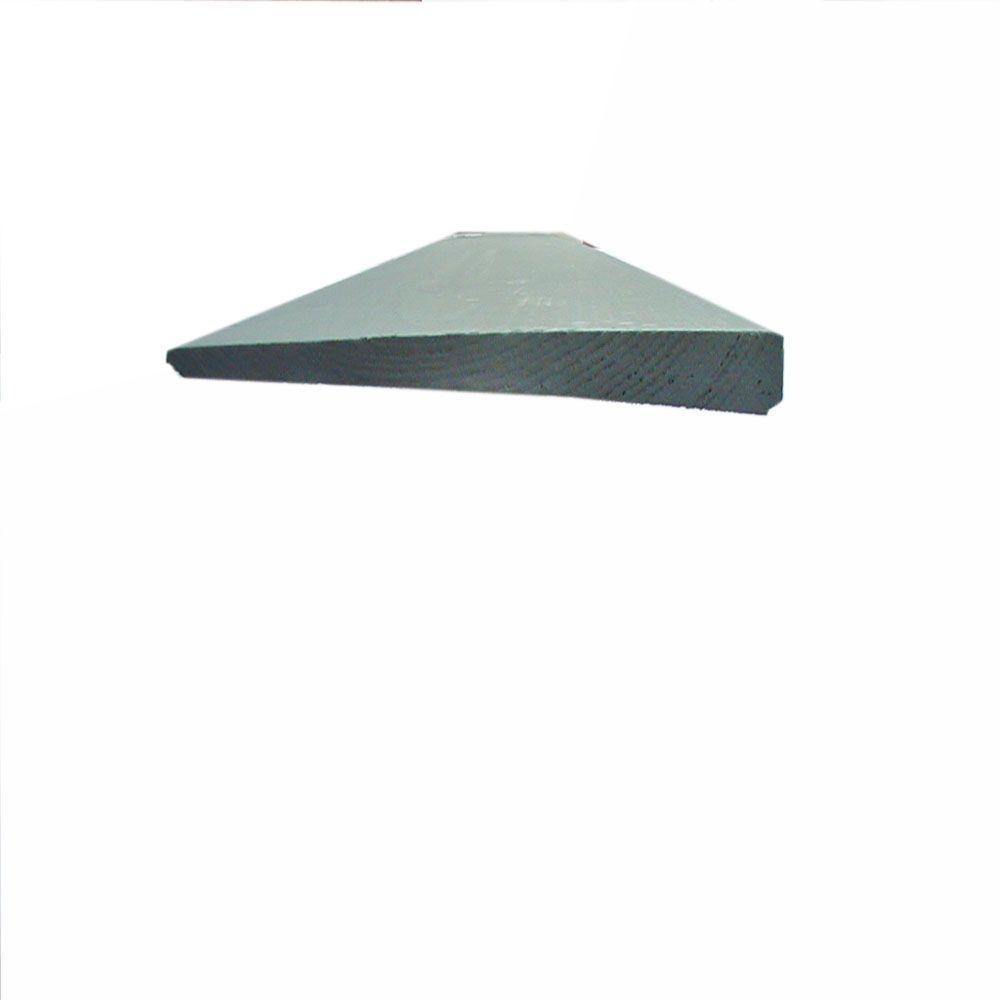


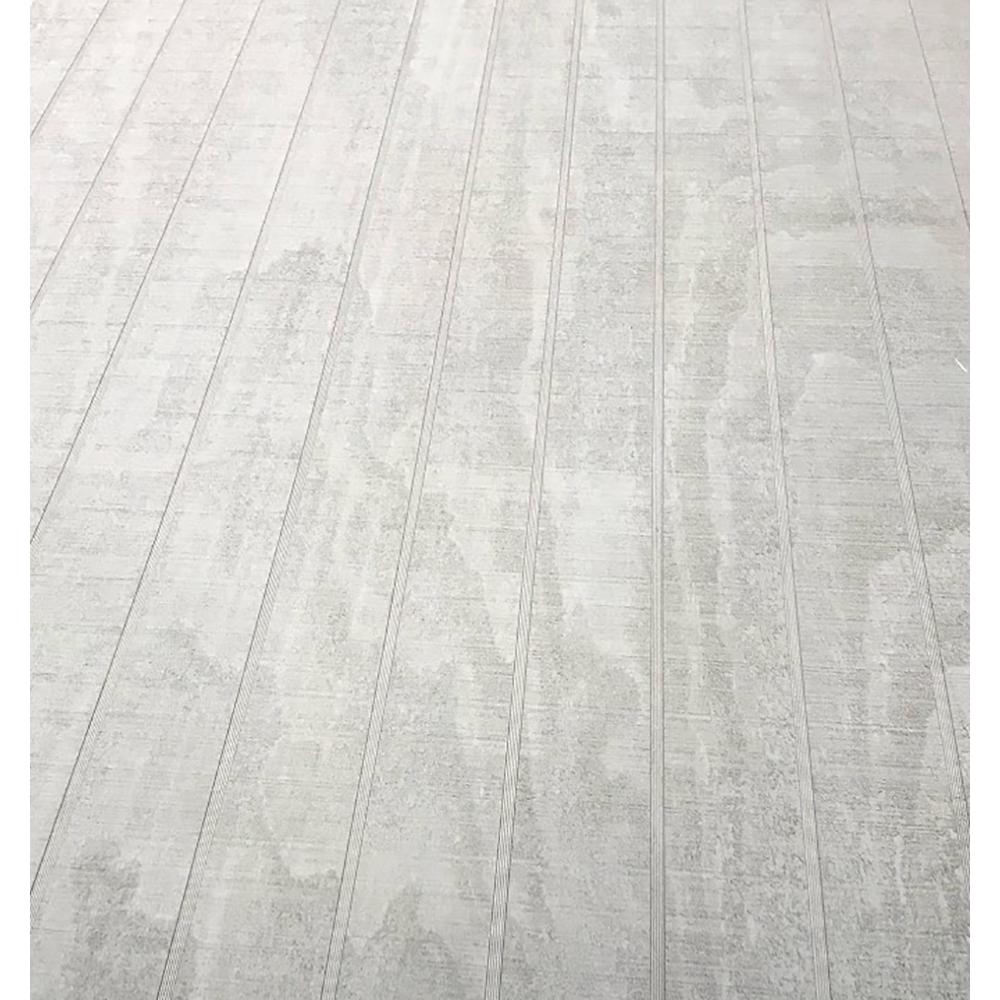





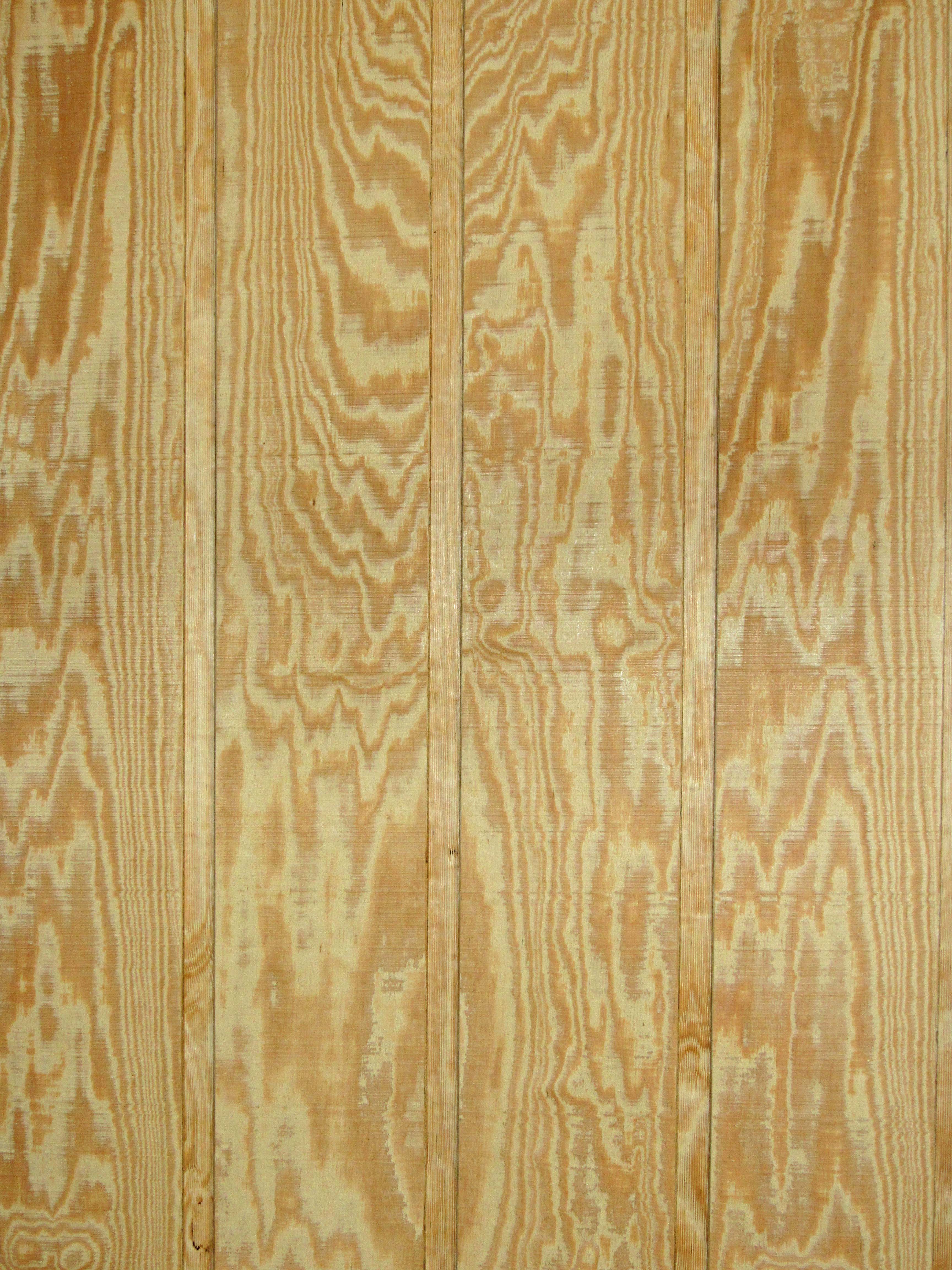

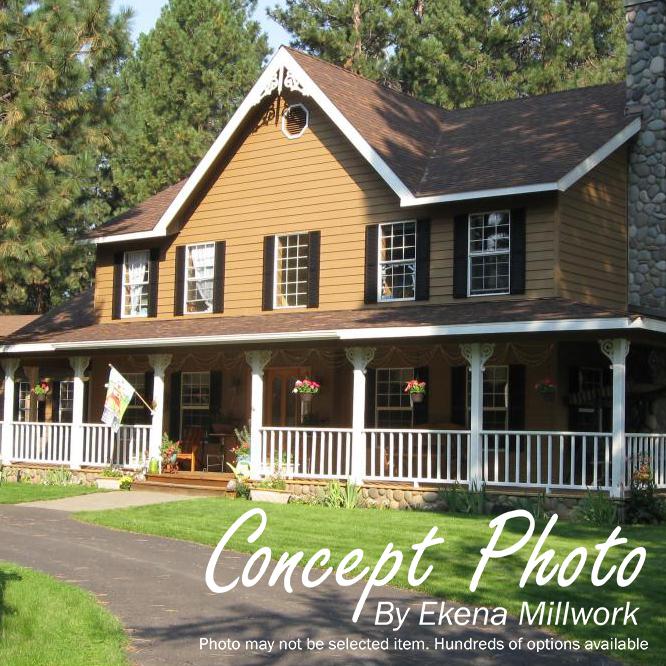



/cdn.vox-cdn.com/uploads/chorus_image/image/65889586/trim_xl_0.0.jpg)

